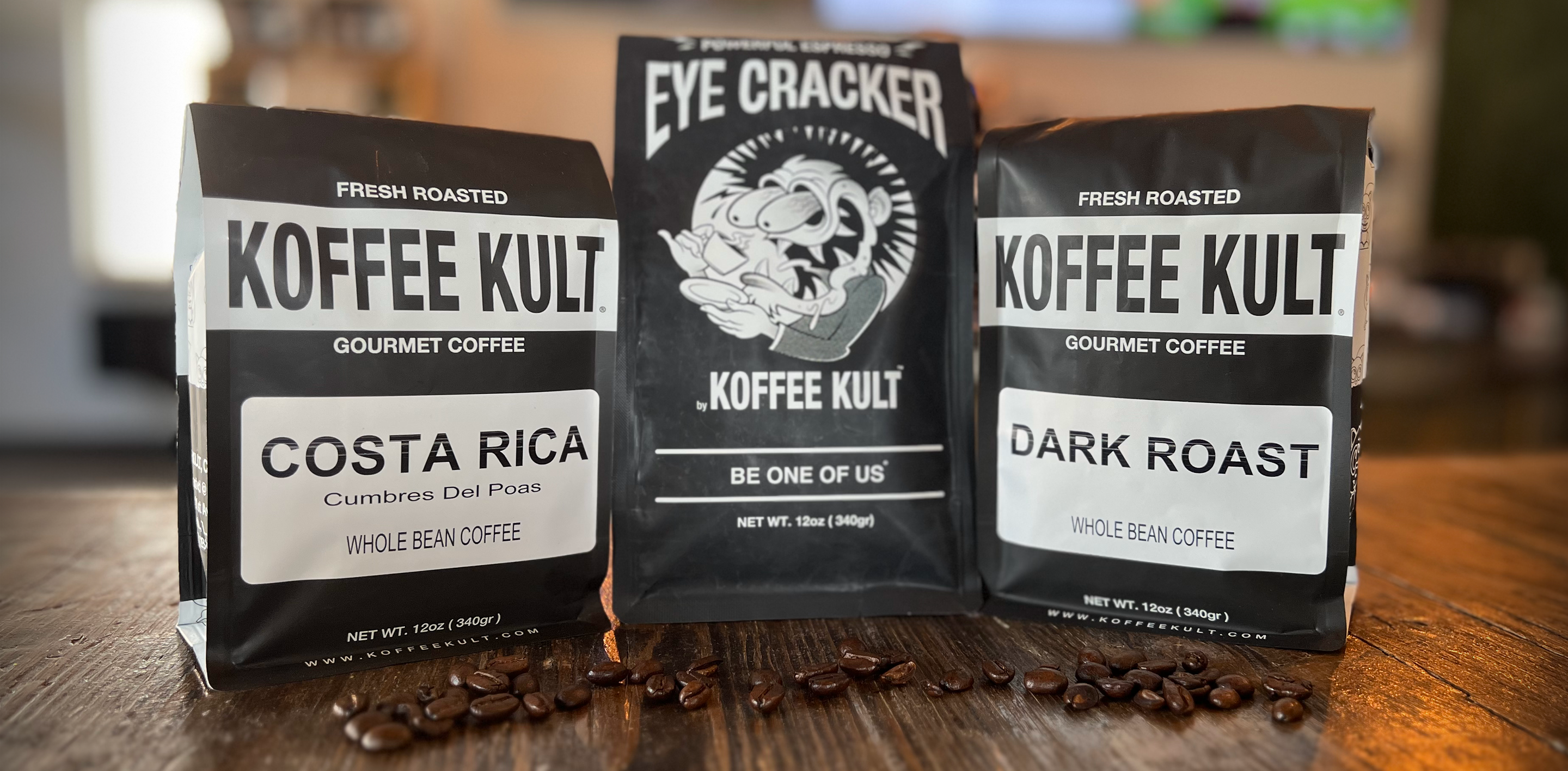Going Green with Green Coffee
Going Green with Green Coffee
To celebrate Earth Day on the 22nd up, we are celebrating how green coffee becomes the coffee beans you know and love.
Did you know all coffee beans start green when they are first harvested. When they’re green, they lack the flavor or unique aroma that can normally be found after roasting. This is why roasting coffee beans is so important. Here's how it works!
Photo by Coffee Geek
Coffee is roasted in batches. The time in the roaster will determine the overall taste and acidity level of the final product. As the beans roast, the beans change from their natural color of green through different tans and browns. In general, roasts come in different color categories: light, medium, and dark roasts. During this process, coffee beans lose some of their weight from the water and carbon dioxide and begin to crack. Although the beans lose weight, they tend to double in size. Fun fact: when the roasting process is complete, the coffee beans are around 20% lighter than the green coffee it started out as.
It's important to note that only a few minutes separates light and dark roast coffee. The few minutes of roasting can really change the flavor profile of the beans.
Light roast: Acidic, dry, no real roasted flavor, complex, green, grassy
Medium roast: Aromatic, complex, less acidic, slightly sweet
Dark roast: Spicy, heavy body, full bodied, strong aroma, bittersweet, caramel, bold












